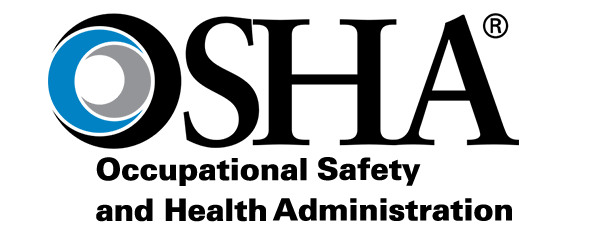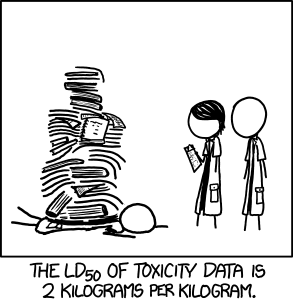Penetration is the movement of chemicals through materials
on a larger scale. This happens frequently in the workforce through holes
created and tears in workers Personal Protective Equipment (or PPE).
Permeation is the process where a chemical dissolves in or is able to
move through a barrier, this is done on a molecular scale. This often happens
at such a small scale there is often no visible evidence of the chemicals
permeating PPE and workers are completely unaware until they are harmed. Degradation
is when the presence of a chemical has the ability to physically deteriorate
the material of the PPE and its physical properties are changed due to the
exposure.
There are two main types of respirators, Air Purifying
Respirators, or APR, and Supplied Air Respirators, (SAR).
http://www.elveflow.com/wp-content/uploads/2015/12/Solvent-Permeation-PDMS-membrane.png
Air Purifying Respirators are where the air the w
orkers
breathe is purified using cartridges or canisters. This group of respirators
are further divided into three categories: particulate, gas & vapor, and
combination. Particulate respirators are intended to catch particulates in the
air such as dusts, fumes, mists, and other vapors. Combination respirators
normally are used in areas that contain risks of both particulates and gases
and vapors. Supplied Air Respirators are respirators where the air workers
breathe is supplied from another source that is uncontaminated. There are
separated into three categories. The categories are airline, combination, or
self-contained breathing apparatus, or SBCA. Airline Respirators use a
lightweight airline hose to deliver clean, breathable air from an
uncontaminated source. Combination respirators have an auxiliary self-contained
air supply that can be used if the primary supply fails. Self-Contained Air
Breathable Air respirators consist of a wearable, clean air supply pack and
normally used when there is a short time need to enter and escape from spaces
that are or may be immediately dangerous to life.
Qualitative fit tests are based on the human senses smell,
taste, or overall reaction to the chemical in order to determine if there is
any contamination into the respirator piece. Quantitative fit tests measure the
actual concentration of the contamination. A Written hazard assessment is used
to identify a hazard in a workplace. For example, to assess the need for masks
needed for workers who work in coal mines.










